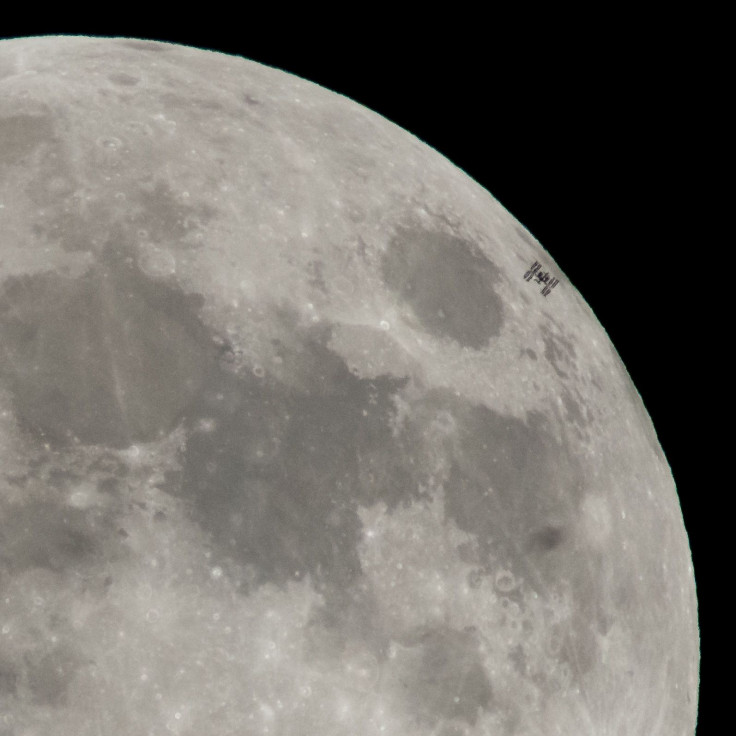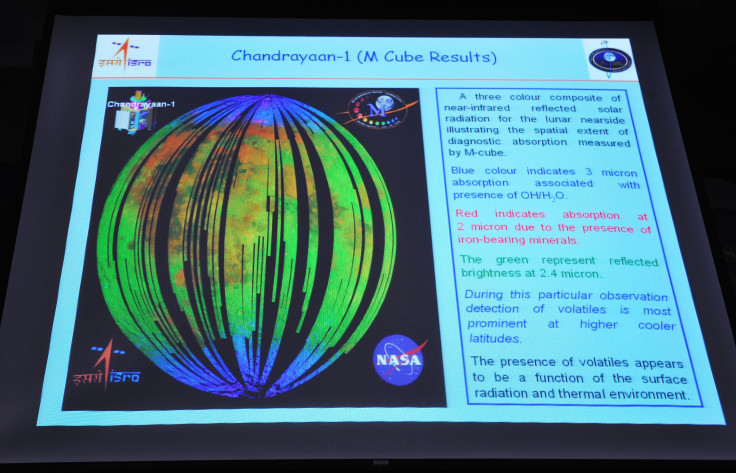Chandrayaan-2, India’s Next Moon Mission, To Put Rover On Lunar South Pole

India’s space agency, the Indian Space Research Organisation (ISRO), is gearing up for the country’s second moon mission. Currently scheduled to launch sometime in April, the lunar probe will also attempt to land a rover near the moon’s south pole.
Named Chandrayaan-2 (which means “lunar vehicle-2” in Sanskrit), the spacecraft will take between one and two months to reach lunar orbit. Once there, the orbiter will stay in place, while a lander will detach itself and head to the surface for a soft-landing. On the surface of the moon, a rover will emerge from the lander and explore its surroundings near the south pole.
ISRO chairman K. Sivan told Indian daily the Times of India (TOI): “Chandraayan-2 is a challenging mission as for the first time we will carry an orbiter, a lander and a rover to the moon. … The 6-wheeled rover fixed within the lander will get detached and move on the lunar surface. The rover has been designed in such a way that it will have power to spend a lunar day or 14 Earth days on the moon’s surface and walk up to 150-200 kilometers. It will do several experiments and on-site chemical analysis of the surface.”

The rover’s power supply would come from solar cells, and it would therefore power itself up every lunar day, or alternating two-week periods on Earth. While it is on, it will also use the orbiter as a communication relay to send data and images it collects back to Earth, Sivan told TOI.
The spacecraft, weighing almost 3,300 kilograms, will be launched using a Geostationary Satellite Launch Vehicle (GSLV) Mark II rocket, which will take off from the Satish Dhawan Space Centre in Sriharikota, off India’s southwest coast.
The launch would initially put the spacecraft in a large elliptical orbit around the moon (170 kilometers by 20,000 kilometers), and it will be maneuvered toward its final orbit using thrusters that will be fired as needed.
“All three components of the lunar module are almost ready. Currently, their integration is going on. Once the module is ready, it will have to go through rigorous tests. The launch date will depend on various factors like the moon’s relative position with respect to the Earth,” Sivan said.
Chandrayaan-2, like its predecessor Chandrayaan-1, is indigenously developed, as is the GSLV Mark II launch vehicle. Chandrayaan-1, which launched in October 2008, included an orbiter and a hard lander — called an impactor — which also hit the moon’s south pole region. The mission was designed to last for two years, but failed in about 10 months, when the orbiter stopped communicating with ISRO in late August 2009.

A number of science objectives were achieved despite the earlier-than-expected shutdown of the mission, and the most exciting one was the discovery that lunar soil containing water molecules was commonplace. The derelict satellite, drifting in a lunar orbit, was spotted again in July 2016 by NASA, using ground-based instruments. Its precise orbit was determined using repeated observations, so it wouldn’t affect the launch and operation of future moon missions.
© Copyright IBTimes 2025. All rights reserved.



















